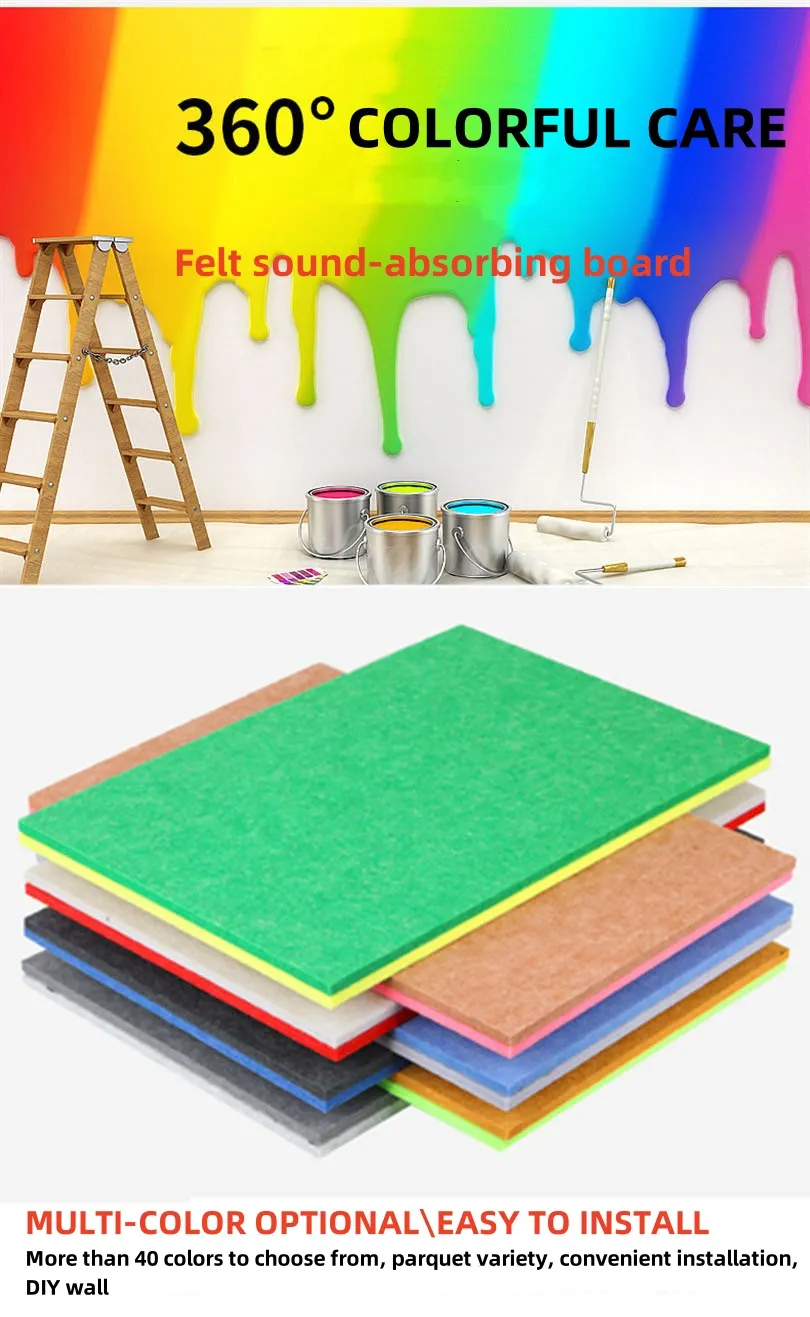Exploring Creative Techniques in Felt Art and Design Concepts
The Art of Felt Design Crafting Beauty from Wool
Felt design is an art form that has captured the imagination of creators around the world. This unique practice transforms raw wool fibers into beautiful, functional, and often intricate pieces of art. From fashion accessories to home decor, felt offers endless creative possibilities, blending texture, color, and form in a way that few other materials can.
At its core, felt is a textile made from the matting, condensing, and pressing of wool fibers. Unlike woven fabrics, felt does not require threads or a loom; instead, it is created through a process called felting. This simple yet fascinating technique involves applying heat, moisture, and pressure to wool, causing the fibers to interlock and develop a dense, sturdy material. The versatility of felt design lies in its ability to take on different forms, from soft and floppy to structured and firm, depending on the thickness and handling of the material.
One of the most compelling aspects of felt design is its environmental friendliness. Wool is a natural, renewable resource that is biodegradable, making felt a sustainable choice for eco-conscious consumers. Additionally, the process of creating felt can often utilize wool scraps or remnants from other textile projects, reducing waste in the fashion and craft industries. As awareness of sustainability grows, felt design is gaining popularity as a chic, eco-friendly alternative.
In felt design, color plays a vital role
. Artists can dye wool fibers in a multitude of vibrant hues, allowing for a rich palette that adds depth and personality to their creations. The coloring process can also be an art in itself, as the application methods can lead to gradients, blends, or patterns that embellish the final product. This vibrant spectrum of colors invites designers to engage their creativity, pioneering innovative techniques to bring their ideas to life.felt design

Felt projects can range from small, delightful items to large-scale installations, allowing artisans to explore their skills and challenge their creativity. Accessories such as hats, bags, and scarves are popular items where felt excels, combining beauty with practicality. Home decor items such as wall hangings, rugs, and cushions evoke warmth and comfort, making them perfect for creating inviting living spaces. Some artists even venture into three-dimensional felt sculptures, transforming the medium into captivating works of art that communicate emotions and stories.
The community surrounding felt design is vibrant and enthusiastic. Workshops and online courses abound, providing opportunities for beginners and seasoned crafters alike to refine their skills and share their passion. Social media platforms enable felt artists to showcase their work, connect with others, and inspire creativity in a global audience. This exchange of ideas encourages collaboration, allowing for the fusion of various techniques and styles that enrich the world of felt art.
Moreover, felt design transcends cultures and borders. Many cultures have a long-standing tradition of felting, such as the famous Mongolian felt yurts or the intricate felt crafts of Central Asian nomads. By studying and adopting techniques from different cultures, contemporary designers can infuse new life into this ancient craft, creating a dialogue between tradition and innovation.
In conclusion, felt design is a unique and inspiring form of artistic expression that continues to grow in popularity. Its blend of creativity, sustainability, and versatility offers a rich canvas for artists and crafters. As more people explore the possibilities of felt, it is evident that this timeless material holds a special place in contemporary art and design. Whether you're a seasoned felt artist or exploring the medium for the first time, the world of felt design is a vibrant and welcoming community just waiting to be discovered.
-
What Makes Felt a Great Choice?NewsNov.19,2024
-
Total Mixed Ration (TMR) Feed for CattleNewsNov.19,2024
-
The Ultimate Guide for Felt Polishing WheelsNewsNov.19,2024
-
Industrial Felt for Various ApplicationsNewsNov.19,2024
-
Felt Makeup Bags and Inserts BagsNewsNov.19,2024
-
Choosing the Right Hotel TowelsNewsNov.19,2024
-
Your Go-To Guide For Affordable Wholesale Wool FeltsNewsOct.31,2024







